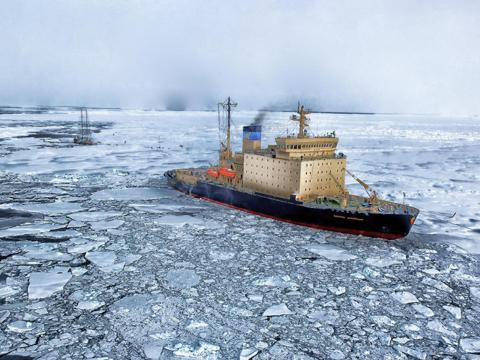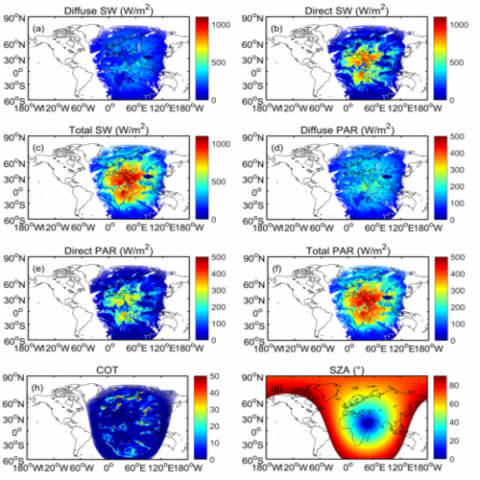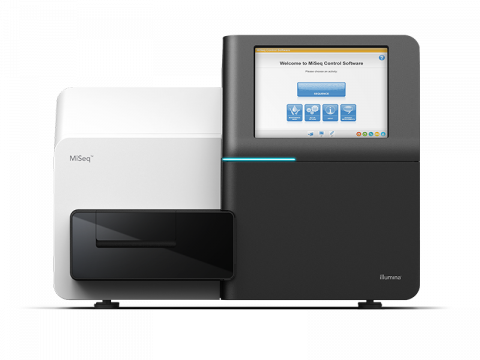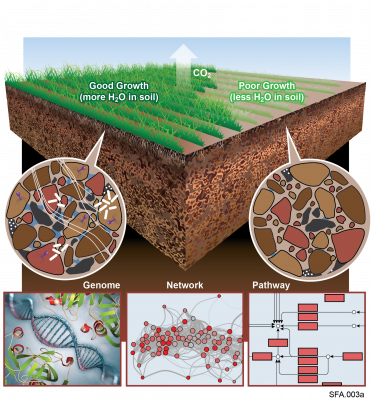Filter results
Category
- (-) Earth System Science (138)
- (-) Computational Mathematics & Statistics (7)
- (-) Distribution (2)
- (-) Computational Mathematics & Statistics (1)
- Scientific Discovery (311)
- Biology (202)
- Human Health (102)
- Integrative Omics (72)
- Microbiome Science (44)
- Computational Research (25)
- National Security (22)
- Computing & Analytics (15)
- Chemistry (10)
- Energy Resiliency (10)
- Data Analytics & Machine Learning (9)
- Materials Science (7)
- Visual Analytics (6)
- Chemical & Biological Signatures Science (5)
- Renewable Energy (5)
- Weapons of Mass Effect (5)
- Atmospheric Science (4)
- Coastal Science (4)
- Data Analytics & Machine Learning (4)
- Ecosystem Science (4)
- Plant Science (3)
- Cybersecurity (2)
- Electric Grid Modernization (2)
- Energy Efficiency (2)
- Energy Storage (2)
- Grid Cybersecurity (2)
- Solar Energy (2)
- Bioenergy Technologies (1)
- Grid Analytics (1)
- High-Performance Computing (1)
- Subsurface Science (1)
- Terrestrial Aquatics (1)
- Transportation (1)
- Wind Energy (1)
Tags
- Omics (22)
- Soil Microbiology (22)
- sequencing (13)
- Genomics (10)
- Metagenomics (10)
- Microbiome (8)
- Fungi (6)
- High Throughput Sequencing (6)
- Imaging (6)
- Mass Spectrometry (6)
- Mass Spectrometer (5)
- metagenomics (4)
- Microscopy (4)
- Sequencer System (4)
- Sequencing (4)
- soil microbiology (4)
- Spectroscopy (4)
- Viruses (4)
- Climate Change (3)
- IAREC (3)
- metabolomics (3)
- PerCon SFA (3)
- Proteomics (3)
- Synthetic Biology (3)
- Cybersecurity (2)
- Lipidomics (2)
- microbiome stability (2)
- omics (2)
- Output Databases (2)
- species volatility (2)
Category
Category
Category
Category
Category
Datasets
3
Category
Datasets
8
Category
Datasets
54
Category
Datasets
1
Category
Datasets
1
The Illumina MiSeq System Sequencer is a high-throughput DNA sequencer machine developed and manufactured by Illumina , and is designed for sequencing data acquisition using synthesis technology to provide an end-to-end solution (cluster generation, amplification, sequencing, and data analysis) in a...
The Phenotypic Response of the Soil Microbiome to Environmental Perturbations Project (Soil Microbiome SFA) at Pacific Northwest National Laboratory is a Genomic Sciences Program Science Focus Area (SFA) Project operating under the Environmental Microbiome Science Research Area. The Soil Microbiome...
Datasets
23
The influence of tidal inundation dynamics on below ground carbon pools is poorly understood across coastal terrestrial-aquatic interface (TAI) ecosystems. The dynamic environmental conditions of tidally-influenced landscapes, the chemically complex nature of carbon compounds, the diverse nature of...
Category
Datasets
3






